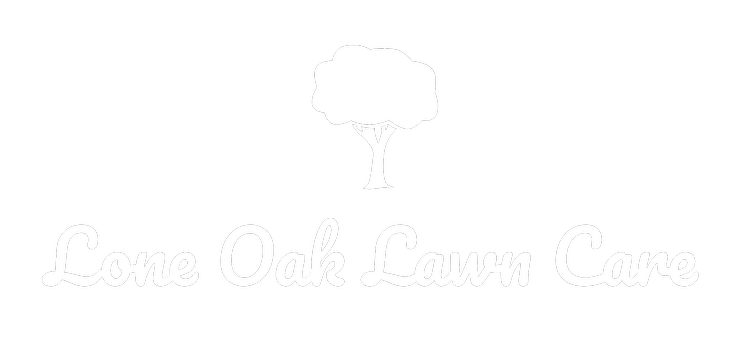LATE SUMMER
Severe drought damage.
DAMAGED SPOTS – Diseases have been active in many lawns by this time year and the answer is to re-seed or overseed any damage. The best time to do this is August 20 and no later than September 15. Seeding after September 15 usually leads to grass that is too tender and winter kills easily. Spring seeding is a very poor decision as it usually leads to lots of crabgrass, spurge and other nasty weeds. Be sure to get good seed-soil contact and water once or twice a day until established. Use a bluegrass and perennial ryegrass blend for sunny areas and a creeping red fescue blend for shade. Read the list of grass types and varieties on the back of the package. Avoid trash grasses: NO TALL FESCUE unless you have a tall fescue lawn; NO annual ryegrass; NO variety not stated or VNS.
WATERING IS CHEAPER THAN RESEEDING OR RESODDING.
MORE THAN FOUR WEEKS WITHOUT WATER IN SUMMER WILL RESULT IN DAMAGE.
WATERING - When temperatures are over 85 degrees, water needs will be in the neighborhood of 1.5 to 2.0 inches per week to keep the lawn looking similar to what it did in May. One inch per week will keep it greenish and growing slowly. One half to three quarter inch per week will usually keep the lawn alive and dormant. A dormant lawn will likely have damage after four weeks of dormancy without any water. Risk is greatest with very thick high maintenance bluegrass varieties and on south or west slopes. Remember that heat is also a factor in summer stress. A dormant lawn in the sun, is much hotter than a lawn that has moisture evaporating from the pores in the leaves.
MOWING - Keep the blade high (3½”). Mow at 4½” if you use a large rider or if the lawn is bumpy and uneven. . Short mowing results in short roots now and winterkill later in years with warm windy periods in January and February.
Example of aphid damage.
Red Thread Disease (University of Maryland Extension photo)
Rust Disease (University of Illinois Extension photo)
INSECTS - There are three insects that we sometimes see in late summer:
Big Grubs...a brown spot where the turf lifts up, sometimes as easily as new sod
Aphids....an orange colored spot suddenly appears often under an ash tree with two to twenty tiny green bugs on each grass leaf. Damage can be rapid and severe.
Subterranean sod webworm....a brown spot 6-12" across with the grass chewed off at or below the soil level. SERVICE CALLS ARE FREE so please call if you have questions or problems.
FALL CORE AERATION – We use a machine to go over the lawn pulling up cores of soil and depositing them on top. The resulting holes relieve compaction and promote root growth and vigor while the cores help control thatch as they spread out on the surface and break down. This application is most beneficial for thick, well maintained lawns.
RED THREAD AND RUST DISEASES
Red Thread and Rust are typically late summer or fall diseases.
RUST is very common in newer lawns with ryegrass as part of the seed mix. The orange spores are quite noticeable on shoes, mower wheels.
RED THREAD will appear as small tan spots. When it first shows up the grass plants will have pink filaments growing from the tips.
WITH BOTH DISEASES
Be sure the mower blade is set no shorter than 3 1/2 inch cutting height.
Try to water when there is already dew on the grass to lessen the time the grass is wet (set your sprinkler system to go off after midnight).
Keep the lawn growing vigorously with adequate fertilizer and watering. This allows the plant to rapidly replace damaged tissue.
Overseed with better varieties if necessary.





